Column Traditional Japanese wooden houses can withstand severe climates and earthquakes

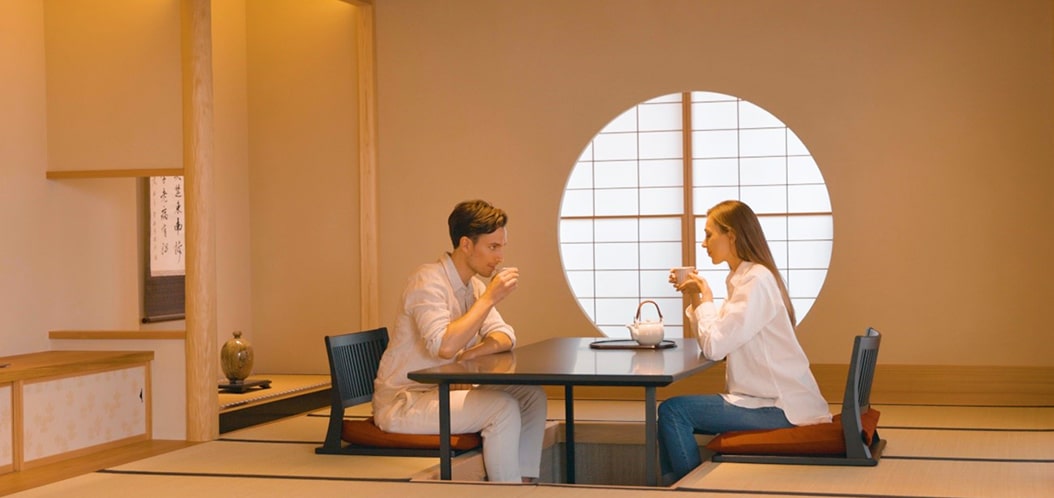
Traditional Japanese wooden houses can withstand severe climates and earthquakes
Japanese houses are made of wood. Even today, with the development of technology and extensive information available, about 80% of single-family homes, excluding condominiums or other housing complexes, are built from wood.
So why is wood used for housing in Japan, whereas in other countries, houses might be made of stone, brick, steel, or concrete?
One of the reasons for the large number of wooden buildings in Japan is the easy access to wood as a building material. As 66% of Japan’s land is forested, there was no difficulty in securing lumber. In addition, wood has long been used as the primary source of housing material as it is easy to process and lightweight.
Since around 73% of Japan’s land is mountainous, it isn’t challenging to obtain good quality stone, especially in western Japan. Interestingly, the technique of brick-making had already been introduced by China around 1,400 years ago, during the Asuka period (A.D. 593-A.D. 710), and high-quality clay soil could be mined in many parts of Japan.
Nevertheless, Horyu-ji Temple, known to be the world’s oldest wooden structure, was built with wood, mainly Hinoki, despite the fact that it was constructed in A.D. 607, when the technique of brick manufacturing had already been introduced to Japan.
The people of Japan build houses with wood not simply because wood is readily available.
- Column: Wood culture in Japan
- Column: Features of Japanese trees and timber
- Column: Traditional Japanese woodworking techniques
Japanese housing: resistant to the hot, humid summer
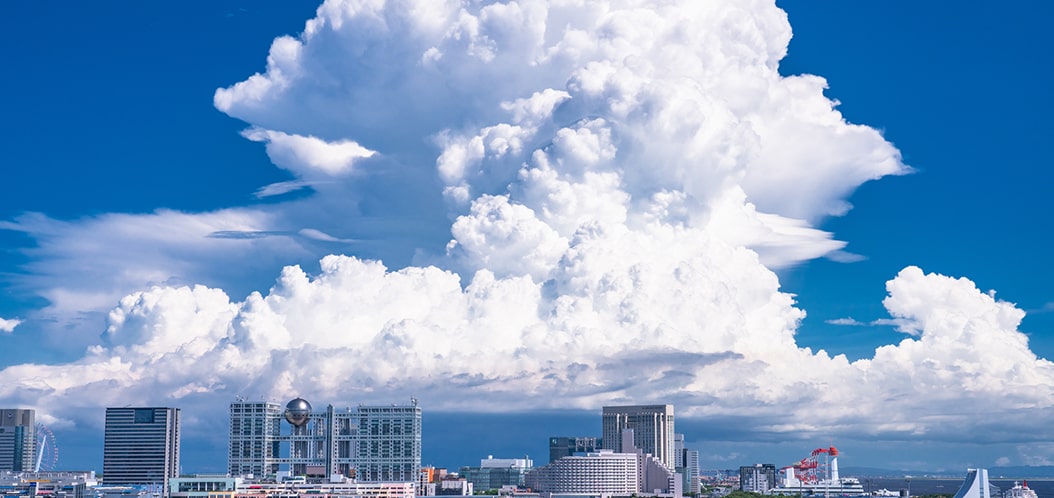
One reason is Japan’s climate. In winter, the dry, cold air currents north of Japan toward Siberia weaken and change to dry, warm air currents in spring. Meanwhile, a moist, hot air current in the South China Sea, south of Japan, gains strength and moves northward.
Around June, these two air currents converge over Japan, causing the hot, humid air currents from the south to stagnate over the country, bringing the rainy season (tsuyu) with many rainy days and high humidity.
As summer progresses, the airflow from the south moves further northward, bringing more sunny days but also scorching and humid summers. The strengthening southerly air currents also bring about typhoons, which again cause significant rainfall. This results in high humidity, heat, and heavy rainfall typifying Japan’s summer.
During the day, with high temperatures, the human body perspires to cool itself down. Meanwhile, if the humidity—the amount of moisture in the air—is high, perspiration does not easily evaporate, making it difficult for the body to lower its temperature. In addition, perspiration that does not evaporate and remains on the skin for a long time can cause the skin to feel sticky and the smell of sebum to develop, creating a more unpleasant environment.
Hence the purpose of constructing houses that reduce heat and humidity has been the basis of Japanese house building since ancient times.
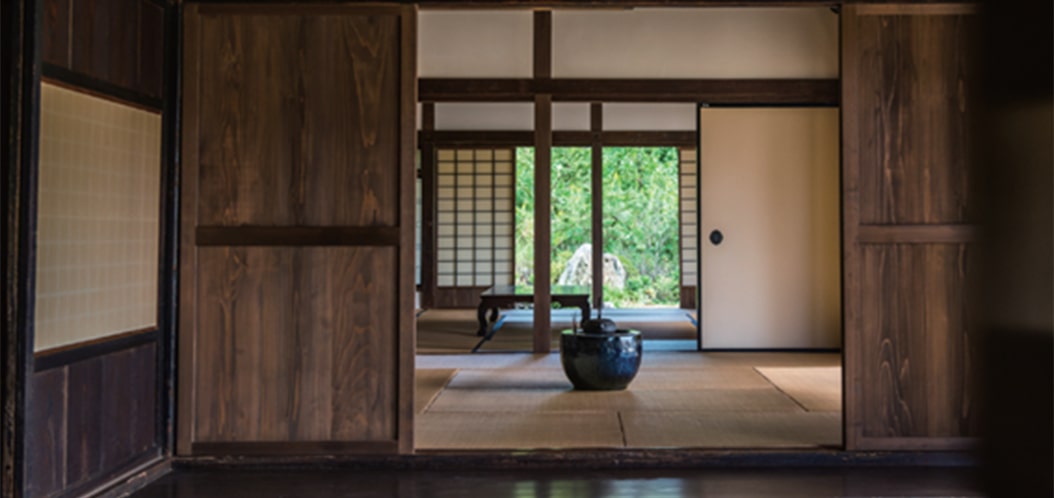
Wood has the property of regulating humidity. Although wood contains much moisture immediately after being cut, it is air-dried until its moisture content falls to roughly 15% before being used as a building material.
Therefore, the wood absorbs the humidity in a humid environment, adjusting it to a people-friendly level of around 60%. An environment with 60% humidity is not only comfortable for humans but also suppresses the generation of mold and mites, as well as airborne bacteria and malignant viruses in house dust.
Stone, brick, and iron cannot regulate humidity as proficiently as wood. Therefore, in Japan’s hot and humid climate, these materials are not only unable to create a comfortable environment but also create an environment prone to mold and mites.
Japan’s hot and humid climate has also led the Japanese to create their own style of housing. For instance, Japanese people generally take off their shoes at the entrance before entering. This is due to the high temperature and humidity, which makes it difficult for the sweat in the shoes to dry. To stay as comfortable as possible indoors, people take off their shoes. In addition, many Japanese houses have bathtubs; this is also a way to wash away their sweat and maintain a hygienic lifestyle.
Another characteristic of traditional Japanese housing is the few walls that it has. Instead of fixed walls, rooms were separated by lightweight, movable “shoji (sliding outer partition)” or “fusuma (sliding door)” with wooden frames covered with paper. Opening these shoji or fusuma eliminated the separation between rooms, enabling air to circulate and allowing heat and humidity to escape.
Like wood, “washi (traditional Japanese paper)” used for shoji and fusuma screens absorbs humidity when it is high and expels it when it is low, thereby regulating humidity to a comfortable level.
In addition, the foundation of the house is not built directly on the ground but instead on piles or pillars driven into the ground to raise the floor above the ground, thereby improving ventilation and reducing humidity.
In such ways, Japanese housing has used wood and its unique humidity-reducing features to make the harsh, hot, humid summer environment more comfortable.
Japanese housing: resistant to the cold, dry winter
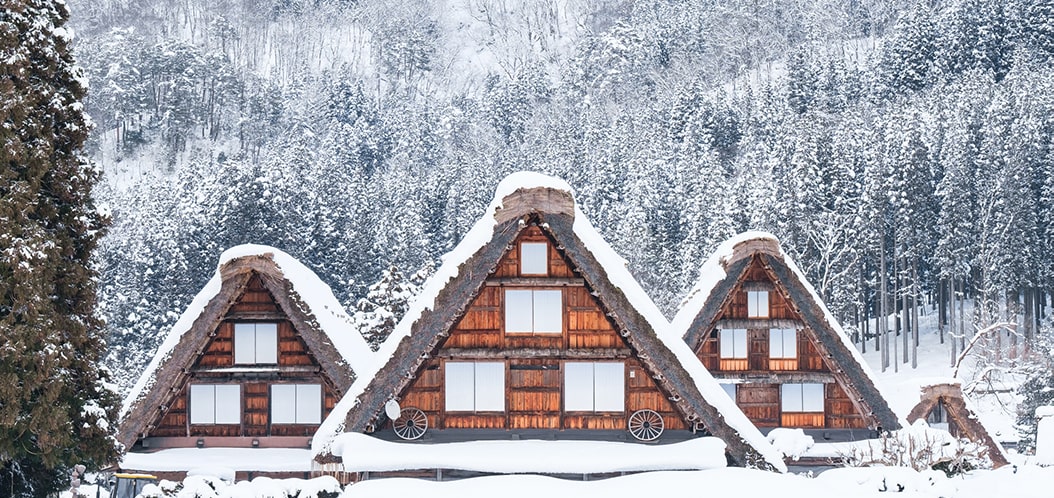
In winter, the moist, hot air currents to the south weaken, while the dry, cold air currents to the north, in Siberia, increase in strength. These air currents absorb humidity in the sea northwest of Japan (Japan Sea) and hit Japan’s high mountains, causing large amounts of snow to fall. After the snow falls, the dry, cold air currents return, making Japan’s winters very cold and dry, a complete change from the summer heat and humidity.
Dry air deprives the skin of moisture and makes it feel colder than the actual temperature. Moreover, viruses become more active in dry environments, causing influenza and colds to become more prevalent.
Amid these circumstances, a house made of wood can play a significant role. When the humidity is low, contrary to in summer, the moisture stored in the wood is discharged, naturally adjusting the humidity level to approximately 60%, a comfortable level. “Washi (traditional Japanese paper),” the material used for the screens of “shoji (sliding outer partition)” and “fusuma (sliding door),” also works similarly.
Thus, houses made of wood in Japan adapt well to different environments, the hot, humid summers and the cold, dry winter, as well as offer excellent performance which differs from houses made of stone, brick, or steel.
Japanese housing: resistant to earthquakes
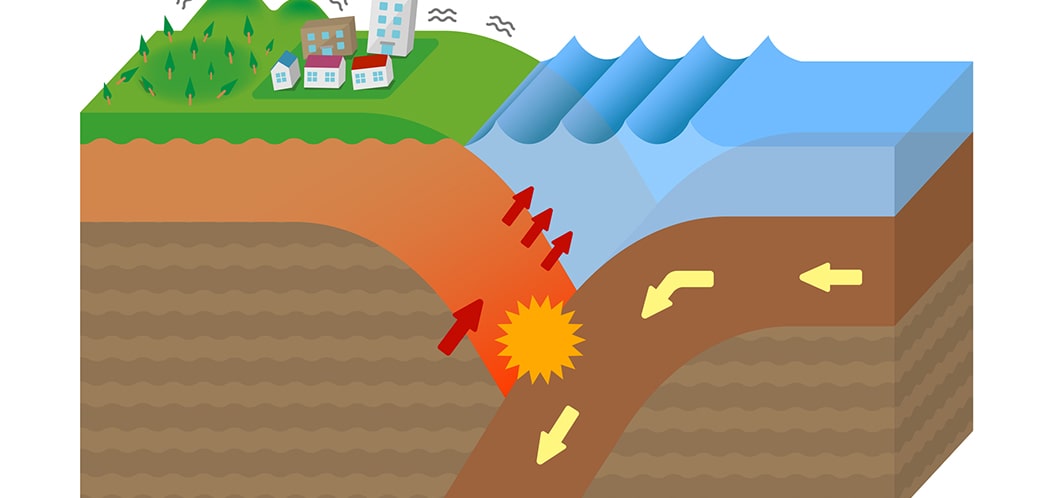
In addition to the harsh climatic environment, another reason for the prevalence of wooden architecture in Japan is the impact of sudden earthquakes. Japan is the only country in the world where four plates collide.
When the collision force between the plates reaches its limit, the reactive energy shakes the earth and strikes in the form of an earthquake. It is a well-known fact throughout the world that Japan is earthquake-prone.
The shaking of the earth caused by an earthquake is transmitted to the buildings erected on top of it. The heavier the building, the greater the vibration energy.

Wood is lighter than stone, brick, and steel. Hence the shaking of a wooden building during an earthquake is less than that of structures made from other materials. Wood is also more resilient and flexible than stone, brick, or steel, making it more resistant to bending.
In an experiment that measured the compressive strength of materials of the same weight, wood was twice as strong as steel and 9.5 times as strong as concrete, while its tensile strength was four times as strong as steel and 225 times as strong as concrete.
Although steel and concrete are at risk of breaking and collapsing suddenly when an excessive bending force is applied, wood is durable under similar conditions. It can even deform to an extent while simultaneously releasing force when subjected to shaking in a major earthquake, thanks to its ability to reclaim its original state.
Houses of wood sway less than those of stone, brick, or steel, and their flexibility allows the shaking of an earthquake to escape, thereby preventing earthquake damage.
As a country prone to earthquakes, the craft of building houses with wood is part of the wood culture developed in Japan. This craftsmanship is realized to be world-class seismic isolation, earthquake-resistant, and vibration-control structures, which have been passed down to the present generation.
Japanese housing contributes to the prevention of global warming
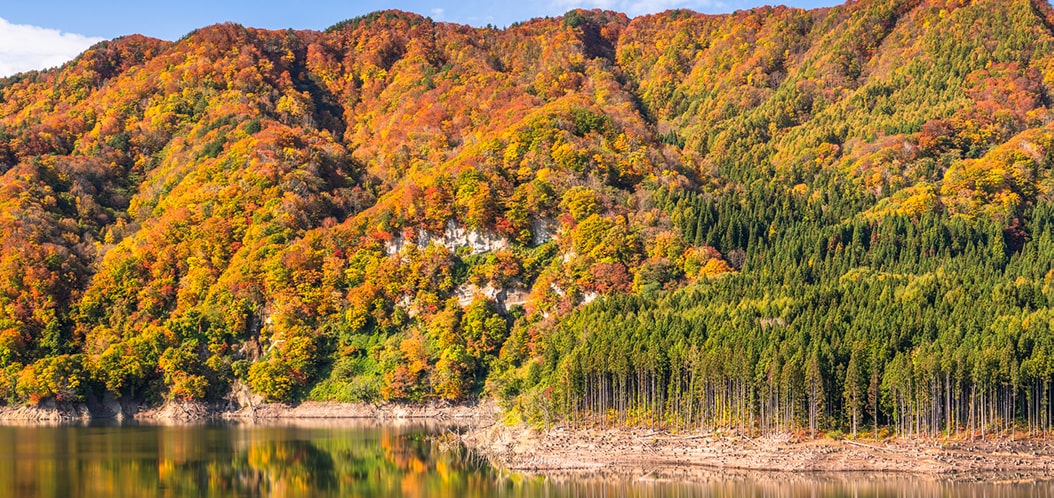
Finally, trees contribute to the prevention of global warming as they absorb carbon dioxide (CO2) from the atmosphere during their growth. Even after they are cut down and turned into lumber, they do not release the carbon dioxide that has been absorbed but store it inside unless the lumber is burned.
According to one theory, a typical Japanese-style wooden house stores about 14 tons of carbon dioxide from the atmosphere, and these properties are not found in any other building material.
Furthermore, unlike buildings made from materials such as bricks or steel, which generate large amounts of carbon dioxide during manufacturing, buildings made from wood are remarkably environmentally friendly.
It is highly hoped that Japanese-style wooden houses, designed to be comfortable even in harsh weather environments and resistant to earthquakes, will spread worldwide to contribute to the prevention of global warming.
Column
-
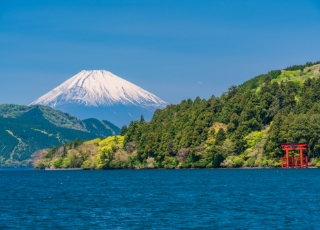
Introduction: Japan’s land and its wood culture
-
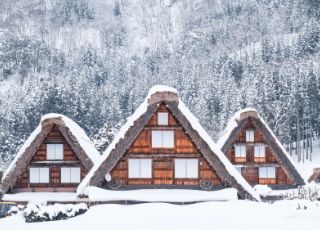
Traditional Japanese wooden homes that can withstand severe climates and earthquakes
-
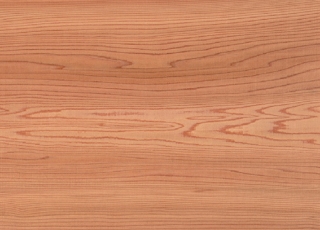
Features of Japanese trees and timber
-

Features of Japanese homes and wooden furniture
-
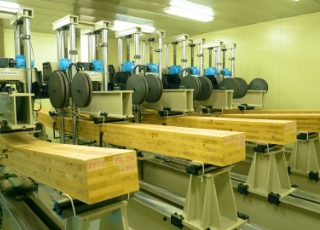
Durability, fire resistance, seismic resistance, and termite-repellent features of Japanese lumber
-
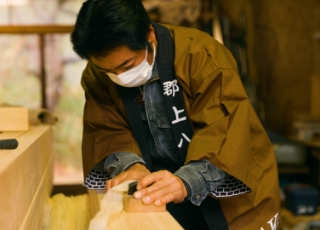
Traditional Japanese woodworking techniques
-
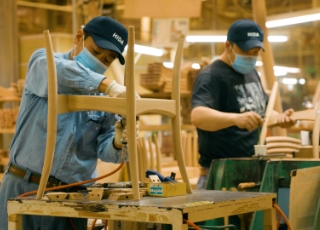
Modern Japanese woodworking techniques

